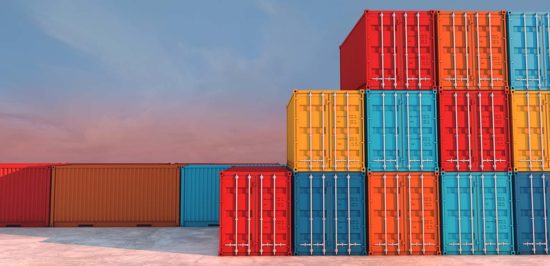Omnichannel is a common but sometimes misunderstood buzzword in retail. Its meaning and importance depend on your perspective, but there’s no debate that omnichannel is the greatest change to the retail industry in a long time. And the key to unlocking this opportunity for retailers is their supply chain.
Although it’s not a term they’d recognize, to consumers omnichannel is the desire for a seamless and consistent buying experience regardless of how a purchase is made. This includes the entire brand experience for purchases made online, via mobile, or instore — and it extends to high expectations for customer service and easy returns.
To the retailer, omnichannel is primarily about meeting those expectations. The consumer has never been more demanding in terms of the immediacy and degree of customization expected. For retailers it’s no longer a question of whether, but how this gets done. Customers demand it. This is the impact of omnichannel.
Meeting consumer expectations has always been a direct challenge to every retailer’s supply chain. The stakes are simply higher today. An omnichannel supply chain requires a new mindset and strategy focused on flexibility, velocity, and cost optimization.
The basis for adapting to an omnichannel supply chain is removing the operating silos that exist between different sales channels. This includes looking at ways to gain efficiencies by combining different logistics processes across sales platforms — such as merging warehouse space or fulfillment operations between in-store and ecommerce business units. But, it’s never that simple.
Location aside, many of the biggest challenges to a retailer’s supply chain involve inventory management.
A common issue that illustrates the problem is when a retailer is holding stock of specific SKUs for one channel (say, for their brick and mortar stores), yet visitors to another channel (e.g. the website) are getting an “out of stock” message. Without the right systems and processes, this is a problem that either goes undetected or is seen but remains unresolvable within the operation. In other words, the product is there; it just cannot be sold.
When is it best to hold back stock for the ecommerce channel and not send it to stores? Or vice versa? Can stock be pulled from another channel’s inventory — and how will it be tracked? There is no single approach to overcome these challenges that can serve as a road map for all retailers. Clearly, however, the right approach must include technology that enables inventory to flow from one “pool” to another and provides complete visibility throughout the supply chain.
The goal must be to find the right balance of agility to match the specific needs of a market versus efficiency by operating in a way that optimizes inventory management and logistics costs.
After inventory management, the returns process is affected most and has the largest impact on the customer experience when discussing omnichannel strategy. It’s common today for consumers to purchase online, yet return products in store. This means the reverse logistics process retailers use for dealing with returns presents many of the same inventory management challenges of the selling in the first place.
Omnichannel is the embodiment of the future of retail and represents the greatest opportunity for the industry. Companies that recognize this new reality and adapt their supply chain to meet the challenge will be rewarded.
To build an omnichannel supply chain, start with IT integration and supply chain visibility — particularly in the areas of inventory management and reverse logistics. Building a supply chain designed to view and treat customers though the omnichannel prism, and not segmented by channel, is the most important step.


